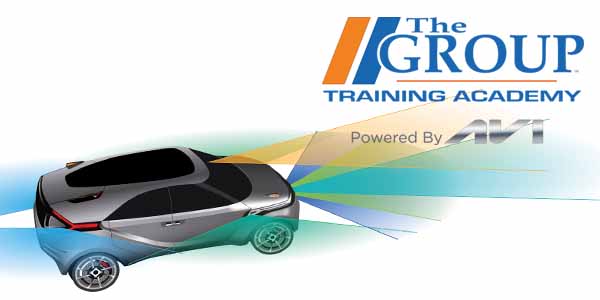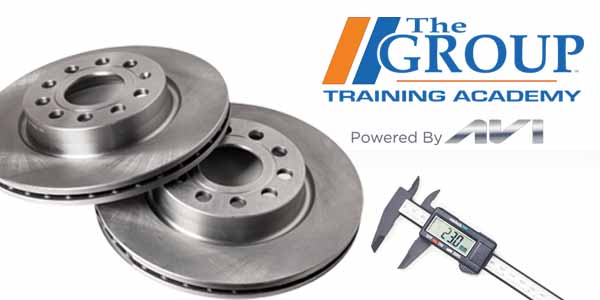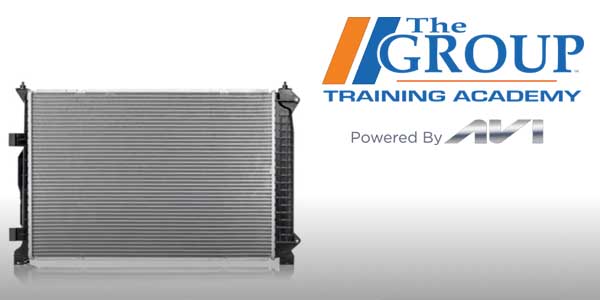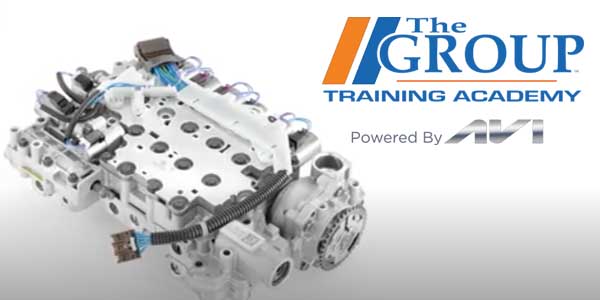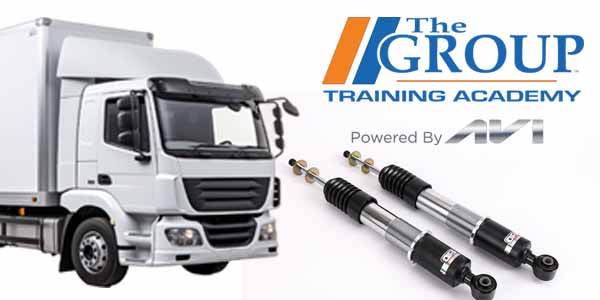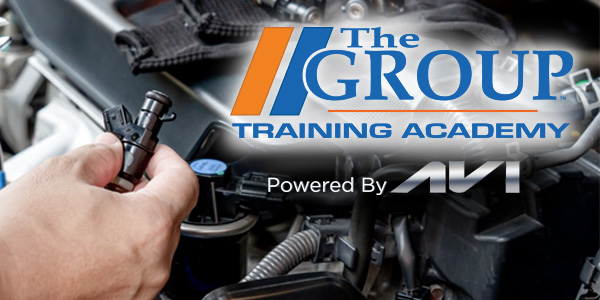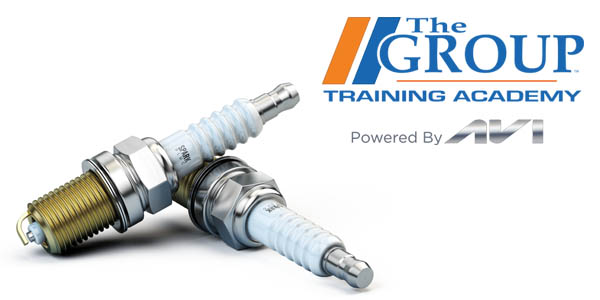The anti-lock braking system or a BS is like the guardian angel of the breaking system. And sure you don’t skid off the road during a sudden stop. But what exactly is it and why should you cure? Let’s break it down at its heart. The a BS system is made up of three main components, sensors, a control module, and a hydraulic unit. The sensors are the eyes of the operation, constantly watching the speed of each wheel, and sending updates to the control module. Think of the control module as the brain making quick decisions based on information from the sensors. And finally, the hydraulic unit is the muscle adjusting the brake pressure to prevent the wheels from locking up. Now, imagine you’re driving and suddenly need to hit the brakes hard. The sensors quickly notice if any wheel’s about to lock up and they send an SOS to the control module.
In a flash, the control module commands the hydraulic unit to pulse the brake pressure preventing a lockup. This means you can still steer and avoid obstacles. All thanks to the A BS working tirelessly behind the scenes. But the a BS can run into its share of troubles. The most common sign something is amiss is the AB BS warning light popping up on the dashboard. This can mean anything from a sensor having a bad day to issues with a control module or the hydraulic unit. When problems arise, diagnosing them accurately is key. It starts with an OB two scan tool to get those fault codes, which are like breadcrumbs leading you to the issue. A visual check of the AB BS components for any damage or loose connections is also a good idea. It’s also important to test those sensors to make sure they’re in tip top shape.
When it comes to fixing issues, it’s often about getting back to the basics. Cleaning the sensors and making sure they’re properly aligned can work wonders. Also, it’s important to inspect the wiring for any damage and replace the control module if necessary to keep the a b. S. Happy and healthy regular maintenance is a must. Changing the brake fluid as recommended and keeping those sensors clean will go a long way. And don’t forget about keeping the wheels properly aligned to avoid unnecessary stress on the system. Understanding the a BS might seem daunting at first, but it’s really all about keeping people safe on the road. Thanks for watching.
This video is sponsored by The Group Training Academy.


